EDITS:
Input voltage range: 24V to 48V. Changing the load current from 0.38A to 1.018A increases the mean output voltage from 12.779V to 13.26V. The supply should be producing 12.5V.
I'm using this IC - Link
The schematic has a saw tooth output voltage. The MIC2103 datasheet does not describe the internal compensation used - it is only shown as a box [Compensation].
I want to understand what is this compensation box and if possible can someone explain the Type II compensation or Type III compensation in just simple terms? I read it on the internet, but not getting enough clarity.
The mean output voltage rises with increased load. Why is this? Please explain

